The crone trailblazers who disrupted the detective genre
… and gave birth to the kick-ass cop characters we have today.
Hi there, Cronies and Crone-Allies. I’m ashamed to say I’ve been bingeing a lot of TV recently, but what’s made me feel slightly better about it is the noticeable increase in strong, older female leads, even in the most patriarchal of genres - detective fiction.
So, for the next month, we’re celebrating some of the amazing women who have helped disrupt the crime genre, and unpicking some of the crone qualities they bring to the party. This is food for thought and we hope you’ll join in via comments below, at Crone_Club_Reclaiming Crone, and in the Private Members Facebook Group.
In today’s edition, we pick out a few of the pioneers who started it all, the women who wrote these cop characters, and the actors who played them, many of whom are now crone royalty themselves. May they bring you much nostalgic joy, and also provide you with some geeky crone factoids to amaze your friends with. 😮
The crone trailblazers who disrupted the detective genre
… and gave birth to the kick ass cop characters we have today.
“I really believe that this wizened-up old maid thinks she knows everything there is to know. And hardly been out of this village all her life. Preposterous. What can she know of life?”
Colonel Melchett, commenting on Miss Marple in Murder at the Vicarage, by Agatha Christie.
It’s 1993 and I’m in a grim tower block overlooking the Aston Express Way in Birmingham. I’m balls deep in a module called ‘gender and genre’ as part of my English Degree at Birmingham Polytechnic.
Actually, make that ‘tits deep’, as we were tracking the representation of women through a traditionally male genre. We started with the hard boiled stuff - Raymond Chandler et al, through to Patricia Highsmith, then some TV - Cagney and Lacey and Prime Suspect, ending on a crescendo of erotic lesbian detective fiction. (What Birmingham Polytechnic lacked in ivy-clad clocktowers and manicured lawns, it more than made up for in brutalism, paternosters and, above all, lecturers who had the freedom to push the envelope. 🙏)
I’d always had an obsession with crime novels, and between the ages of 7 and 10, my ‘area of special interest’ was bingeing any Agatha Christie novels I could get my hands on. Before that, I devoured The Secret 7 and The Famous 5 (detectives of sorts), so studying the detective genre as a grown up, IN DEPTH, was an absolute ruddy joy!
Add to this my ‘feminist tendencies' and introduction to Feminist Literary theory, and you’ll see why this topic lights my fire, as I hope it will light yours too!
My dissertation was an analysis of the genre of detective fiction through the lenses of various feminist critics - the French camp (Cixous et al), who advocated for ‘l’ecriture feminine’ - feminine writing, rather than female authors; and ‘gynocriticism’ (Showalter et al) who focussed on woman-as-author and woman-as-reader.
Or so the introduction to my dissertation tells me. Needless to say, I didn’t pull this from the menopausal wasteland that used to be my memory. I spent two days hunting through boxes in the attic for it.
Finally, my hoarding pays off!
(Sorry, Neil.)
Anyway, here’s four crones who changed it all.
#1. Miss Jane Marple
The character of Miss Jane Marple…
The character of Jane Marple probably still holds the title as oldest crone detective on telly. Chat GPT puts her age at between 70 and 90 based on how characters describe her in various novels (what witchcraft is this?!).
At first glance you’d be forgiven for thinking that Miss Marple is more of a crone stereotype than a feminist crone role model. The “wizened old maid”, “the spinster”, devoid of any sexuality, embroiled in an old fashioned life of tranquil domesticity.
AND YET, it’s this world of domesticity that is exactly what makes her a crone feminist icon for me, and this is the point of view I argue in my 1993 dissertation.
Many of the modern female detectives who come later in the genre seem to ape the ‘masculine’ worlds of the old hard boiled male detectives - take Gillian Anderson in The Fall, for example, who drinks neat whiskey and gets up at 5am to swim gruelling laps in an empty pool before work. (Where do they even find these empty pools? #CroneGoal).
In comparison, the clues that Miss Marple picks up are viewed through the lens of HER world - a domestic world largely occupied by women. She solves crimes through her reading of the female signs of her world: the plant pot in ‘Murder at the Vicarage’, the hair pin in ‘Murder is Announced’.
Here’s an extract from my dissertation…
“Christie delights in manipulating the association of murder with the masculine. She sets up the assumption that murder is a male sign and so can only be read by a male (the detective). This is easily subverted in many cases by revealing the murderer to be a murderess, and the successful reader of the signs, an elderly woman.
St Mary Mead is a community of women (as one male character mentions, there are “too many women in this part of the world”) - all of whom live, knit and breathe Christie's version of the female symbolic.
In each novel, this world is infiltrated by a stream of dim male detectives who are all too eager to impose their male discourse upon this female community. The clues needed to solve the crime are often supplied by female characters but, as in the case of the vicar in ‘Murder at the Vicarage’, ‘misread’ by the male inspectors, or simply ignored.
“I remember at the time, Mrs Protheroe said it wasn’t like her husband’s handwriting at all, and I took no notice. I thought it was one of those silly remarks that women will make.”
Inspector Slack, ‘Murder at the Vicarage’.
Miss Marple on the other hand, is familiar with the symbolic nature of her domestic world and can therefore read the signs correctly.
It can be argued that Christie was in fact being radical with her character of Miss Marple, as she appropriates HER female symbolic world (as it was then, ‘the domestic’), to triumph over the masculine. This must surely be more radical than simply appropriating a masculine symbolic world to women, by creating a female dick.”
Oh my. 😮
The crones who played Miss Marple…
For many of us in the UK, the actor Joan Hickson (born in 1906) was the bird-like face of Miss Marple through the BBC series which ran from 1984 to 1992. But my favourite Marple was actually the quirkier, more robust version played by Margaret Rutherford, who was 68 in the first film in 1961.
Okay, hands up, maybe the main reason I loved Rutherford so much was because her surname ‘Rutherford’ also happens to be my middle name, and she gave me a respected namesake to point to when being bullied for not having a ‘normal’ middle name. She also reminded me of my grannie who I loved very much and who had died when I was eight.
Finally, an important crone factoid you might like - I’d forgotten that Angela Lansbury had played Miss Marple too - a smoking Marple, wiv a fag!!! This now might just make her my favourite Marple after all. Obviously, Lansbury went on to play Jessica Fletcher (sans fag) in Murder, She Wrote, making her one of the many ‘Daughters of Jane’ (coming soon!).
The crone who wrote Miss Marple…
Dame Agatha Christie was, of course, a crone of epic proportions herself. Knocking out a whopping 66 novels and 14 short story collections, she is the best-selling fiction writer of all time, selling over two billion copies. Notable crone mischief included having learnt to surf prone in South Africa and then in Waikiki, she was one of the first Brits to surf standing up. When her mum died in 1926 and husband fked off, she made international headlines by going missing for eleven days. It was feared she had drowned herself, when in fact it later transpired she’d gone to check out Harrod's Christmas window and later had a nice brew in a tearoom in Harrogate.
Crone.A.F.
#2. Cagney and Lacey, TV series - 1982-88
The writers of Cagney and Lacey…
Hands up if you’ve ever tried to force your partner to read something you know will ‘be good for them’? Well, thank heavens that Barbara Corday did just that. The book was ‘From Reverence to Rape’, written by feminist critic, Molly Haskell, and Barbara’s boyfriend at the time was Producer Barney Rosenzweig. The book was a trailblazer in its exploration of the ‘image of women’ in film, and the how Hollywood is responsible for perpetuating ‘the big lie’:
“The anomaly that women are the majority of the human race, half of its brains, half of its procreative power, most of its nurturing power, and yet, are its servants and romantic slaves was brought home with peculiar force in the Hollywood film.”
The book blew his mind, and kick-started a mission to get the first female ‘buddy movie’ made. After many rejections and re-writes, it was finally picked up as a TV series in 1982 which was eventually named ‘Cagney and Lacey’. Cue theme music! (I can’t believe the theme music came to me immediately when I can’t even remember what I had for breakfast).
The characters of Cagney and Lacey…
Although not old enough to be crones in the earlier episodes, the series was groundbreaking both in its lead characters and in its politics, with many trailblazing crone qualities from the off.
Christine Cagney is a career-minded single woman, championing the crone trait of rejecting conventional female scripts in favour of bold authenticity.
She isn’t ‘maternal’ and doesn't aspire to traditional domesticity, despite this often making her feel isolated, even from her partner Lacey. Her alcoholism is a core thread in her, ahem, ‘character arc’, but rather than just being a flaw, it symbolises her encounter with the ‘shadow self’ - a vital crone right of passage, n’est pas? Even when emotionally conflicted, Cagney holds a firm line on justice and truth, displaying the crone trait of uncompromising clarity about what’s right, even when unpopular. A wisdom earned through hard-won trial. Cronetastic. 🤩
Mary Beth Lacey, however, is a married, working mother, which I guess makes her more closely aligned to the ‘mother’ archetype (nurturing, stabilising, grounded), though she too trailblazed a number of crone qualities that I greatly admired.
I’ve been down a rabbit hole experimenting with A.I. in researching this article, which kindly offered to help me map characters against Jungian/crone qualities (as yer do). I love how it describes Lacey as ‘the village elder disguised as a working-class detective’. Her wisdom comes from real life experience and is quiet and non-performative, but utterly trustworthy.
She plays the moral compass, the truth teller, not afraid to speak uncomfortable truths, regardless of consequence. Like the crone, she faces ambiguity without unraveling. Whether it’s cancer, class struggle, or systemic injustice, she remains grounded, steady, and self-aware. This steadiness allows her to act as a kind of emotional and ethical anchor, even when everything around her is chaotic. What could be more crone than that?!
But, for me, their greatest crone quality of all was their combined quality of uncompromising sisterhood. When I sing the theme tune, I feel happy because I am flooded by the love they had for each other, and their healthy respect for each other's differences. For me, sisterhood is the cornerstone of cronedom, not least because any Darwinian reproductive need to compete for males has long gone.
As New York magazine TV critic, John Leonard wrote, the show had been:
"to primetime what The Golden Notebook had been to modern novels and modern marriage: street-smart feminism; politics and friendship; therapy on the barricades; brains on a rampage …without Christine and Mary Beth, Thelma and Louise would not have been imaginable."
The women who played Cagney and Lacey…
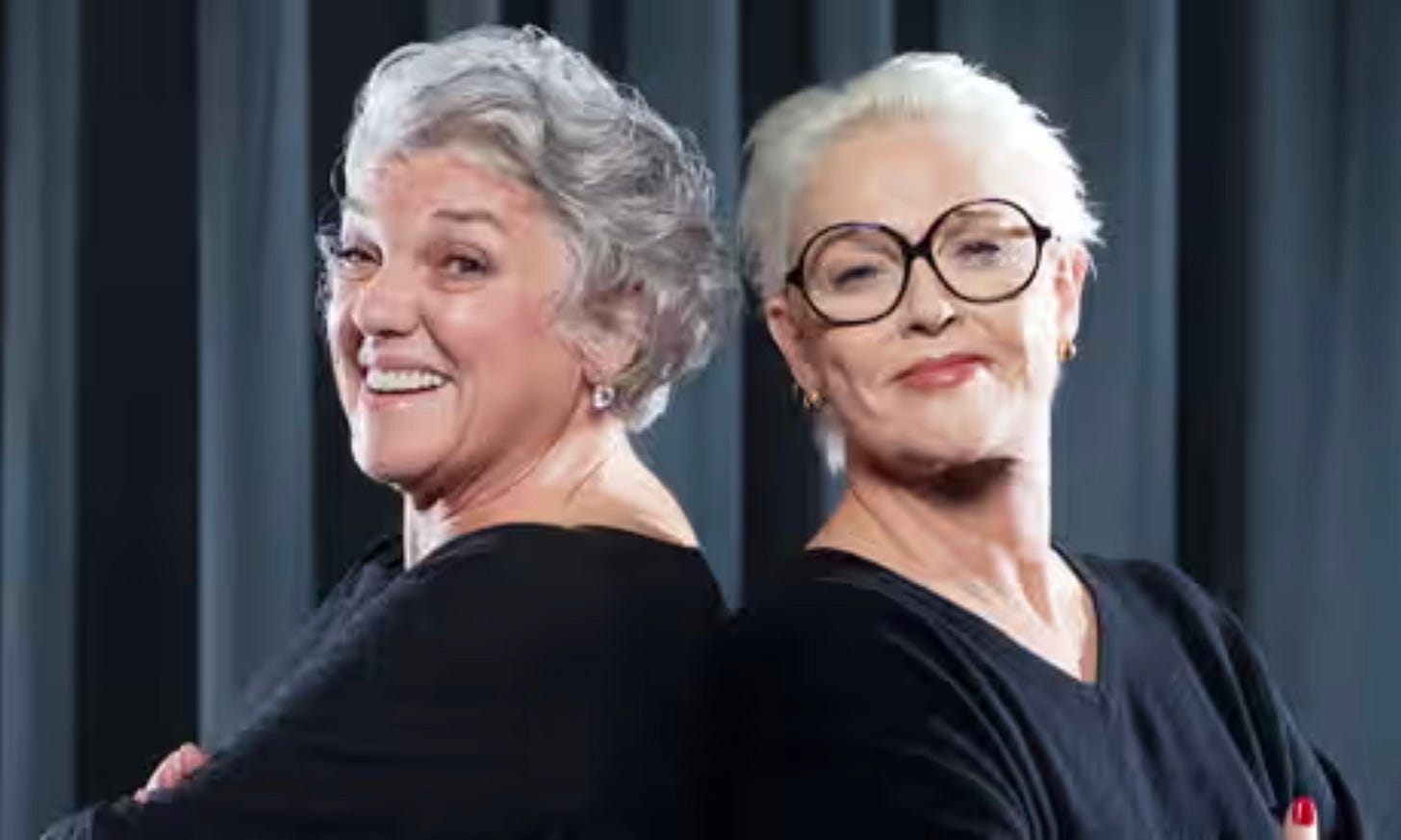
Little known factoid - Christine Cagney was originally played by Meg Foster, but was quickly replaced with Sharon Gless, because CBS deemed Foster “too aggressive and too likely to be perceived as a lesbian by the viewers.” [Source: Wikipedia]
The series was also allegedly cancelled, not just because of low ratings, but also the ‘jarringly tough nature of the female leads’ saying, "We've perceived them as dykes.”
Sometimes I wonder how we survived the ‘80s.
Fkkkkkkk!!!!
And it wasn’t just homophobic prejudice they had to battle, but class prejudice too…CBS executives hoped Gless would portray Cagney as more feminine, and attempted to pressure the producers to remake Christine into a more “high-class, snobbish woman from wealthy parents.” Although the writers had to make a few compromises in this direction, they managed to cling onto some of the original, grittier backstory.
Mary Beth Lacey was played by Tyne Daly, who personally championed some crone behaviours in real life too. Apparently, when a mother-in-law joke once appeared in a script, Daly refused to perform it. 💪🏼
Not only this, but in his memoir, Cagney & Lacey … And Me, Rosenzweig, (who actually ended up marrying Gless in 1991), writes that she "has a mouth on her that men in a naval transportation unit might envy.”
And as you know, we bloody love a sweary crone.
In an interview with The Guardian in 2011, they are asked if either of them had experienced sexism in their careers.
"How do you describe sexism?" laughs Gless.
"It's not about the casting couch. It's about the money," says Daly firmly.
(They might have been among the highest paid women on television, but they were making, “one third of what was being made by the men at that time”, she says.)
“This is an economic question. That's where they keep us distracted. They keep talking about sex itself, and having control over your own body, in terms of whether or not you're going to reproduce. And that is the distracting thing. What the women's movement is really about, like any other freedom movement, is equal treatment under the law, which means the same pay cheque if you're doing the same job, which means the same opportunities in the workplace. I'm going to sound real serious now. But it's handy for the powers-that-be to distract us with emotional issues when we're really talking about practical issues. Still is."
Amen to that, crone sisters!
#3. DCI Jane Tennison in Prime Suspect, writer Lynda La Plante, actor Dame Helen Mirren - 1991-2006
The character of DCI Jane Tennison…
When the uncompromising DCI Jane Tennison hit our screens in 1991, I fell immediately in love with her and (what I now know to be) her crone qualities. Her hard-won wisdom through suffering and experience, and her leadership, that stems from inner power rather than any need for external validation from her male peers.
She is refreshingly uninterested in male approval.
Like many mythical crones, Jane is frequently isolated (by her ambition, her gender, and later by age and alcoholism), but it is that very alienation which gives her unique insight into the cases she investigates and the corrupt systems she challenges.
Like the crones of mythology, it is the outsider perspective that grants her deep understanding. She represents ‘the elder warrior’ - a guardian of justice, not comfort, fiercely protecting victims (especially women and children), as she challenges patriarchy, police corruption, and moral cowardice, often at great personal cost.
DCI Jane Tennison, particularly in later seasons, is a ‘crone in modern armour’: a woman shaped by struggle, stripped of illusions, and walking a lonely but powerful path. She represents a kind of feminine authority unshaped by traditional roles. Which makes her both threatening and deeply compelling!
When we first meet Jane, in the first series, she’s already in her 40s, again, a radical act itself considering that this was the early ‘90s. (Did you know the majority of the characters in ‘The Golden Girls’ - a series where we were encouraged to view them as ‘old’ - were actually only in their 50s!)
There’s a practical reason for this of course as, to be realistic, no woman would have reached the position of DCI before the age of 40, as the real person who inspired the character, Jackie Malton (pictured below), would also attest.
In this interview in The Guardian in 2022, it’s clear just how many real life crone qualities the ‘real’ Jane inspired in the character, as she shares the horrific sexism and homophobia she experienced in her career.
One thing I especially loved about this interview was that after a gritty life in the force, Jackie has now retired to the Surrey countryside and has joined a Neighbourhood Watch. Remind you of another Jane perhaps?!
The writer of DCI Jane Tennison…
Lynda La Plante is a crone of epic proportions and, as I explore in the next piece, ‘Daughters of Jane’, there’s a direct line between her and the writing of Sally Wainwright, creator of the fabulous crone cop in Happy Valley.
At a book signing in Sheffield, of all places, Lynda La Plante recounts that an audience member asks, “What was Jane Tennison like when she was young?”
“I’d never thought of her as young, ever!” says La Plante. “She was always early 40s, a formidable character.” https://www.facebook.com/reel/7564860466944755
La Plante’s character of Jane reflects so many of her own characteristics, including her refusal to sugarcoat reality. Like Tennison, she’s worked in male-dominated worlds (TV, publishing, law enforcement, research) and pushed back against reductive portrayals of women.
Lynda La Plante has written the Crone into modern crime fiction - not as a witch or hag, but as the woman who sees what others deny, who speaks truth to power, and who walks alone because the crowd cannot handle her insight. Many of La Plante’s female creations are all aspects of the crone: seers, warriors, survivors, and ultimately truth-bearers. And they each mirror elements of La Plante herself: a woman who’s grown more radical, more honest and more powerful with age.
And finally, the actor who played her…
Crone Dame Helen Mirren needs no introduction as she’s become our national treasure of cronedome, (thanks, in no small part, to playing Jane). Mirren has stepped into the crone archetype with all the grace and wisdom of, well, a crone!
One of my favourite crone qualities she portrays is the liberating crone quality of ‘not smiling to make others feel comfortable.’ In Crone Club, we have an assignment - ‘Don’t Smile for the Camera’, where we’re challenged to take a pic of ourselves NOT smiling. (It’s actually harder than it sounds.) So, I was delighted to read this in an interview with Dame Helen Mirren…
“After the first week of shooting, Lynda came up to me and said ‘You’re smiling too much. Don’t smile,’ and I thought, she’s absolutely right. One was used, as a woman, to making people feel at ease. But Jane Tennison was, ‘No, give it to me.’
Dame Helen Mirren
I’m going to leave the final word to the real kick-ass crone, Jackie Malton. When asked recently what piece of advice she’d give to someone joining the force, her response could not be more crone:
“Don’t lose yourself in an organisation. Hold on to your own morals and beliefs and don’t get swayed.
And do not be afraid to be different.”
[End]
A massive thank you to the paid subscribers without whom I couldn’t do any of this or any of the Crone Club activities. I still need to double the number of paid subscribers to earn a living wage. So if you can spare £4 a month to support a creative writer and social entrepreneur, please become a paid subscriber via the link below, or make a donation via the Crone Club website 🙏


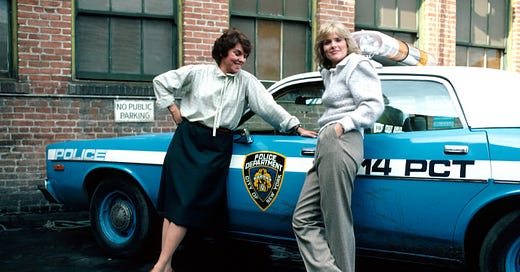



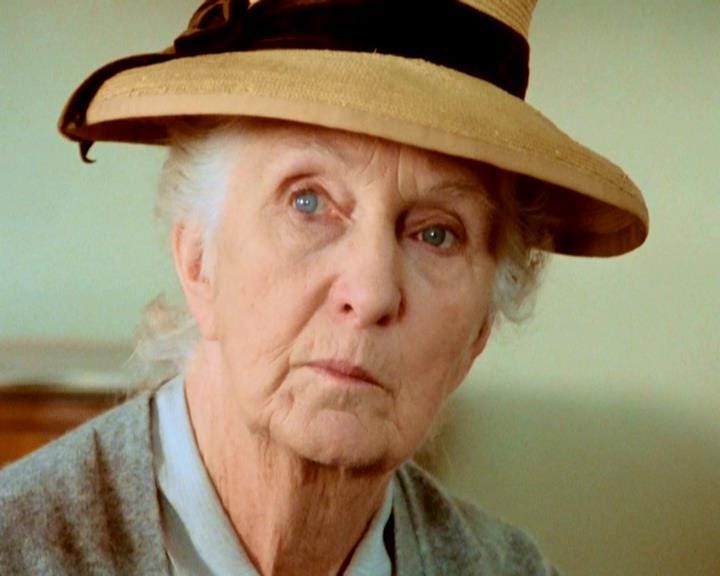
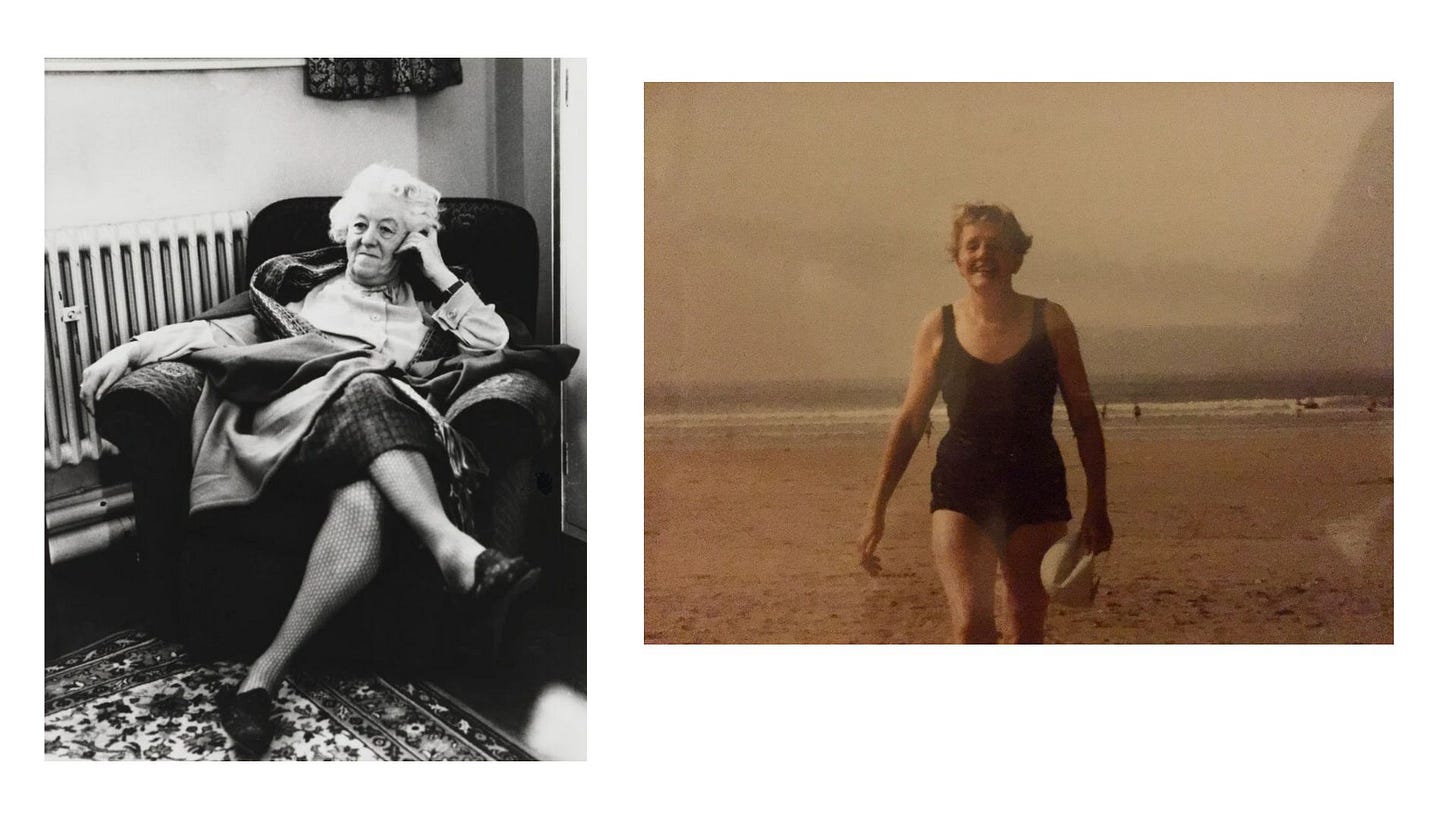
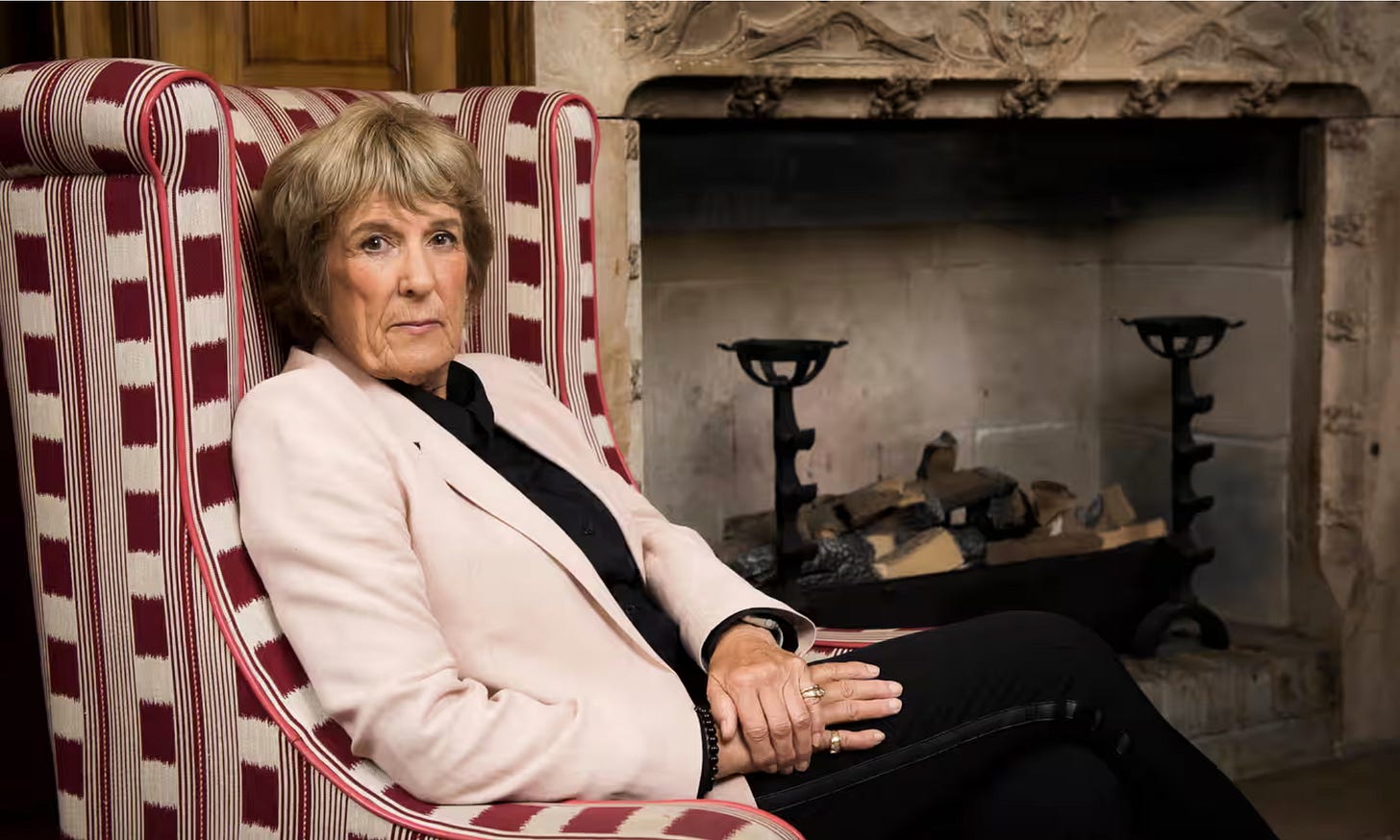
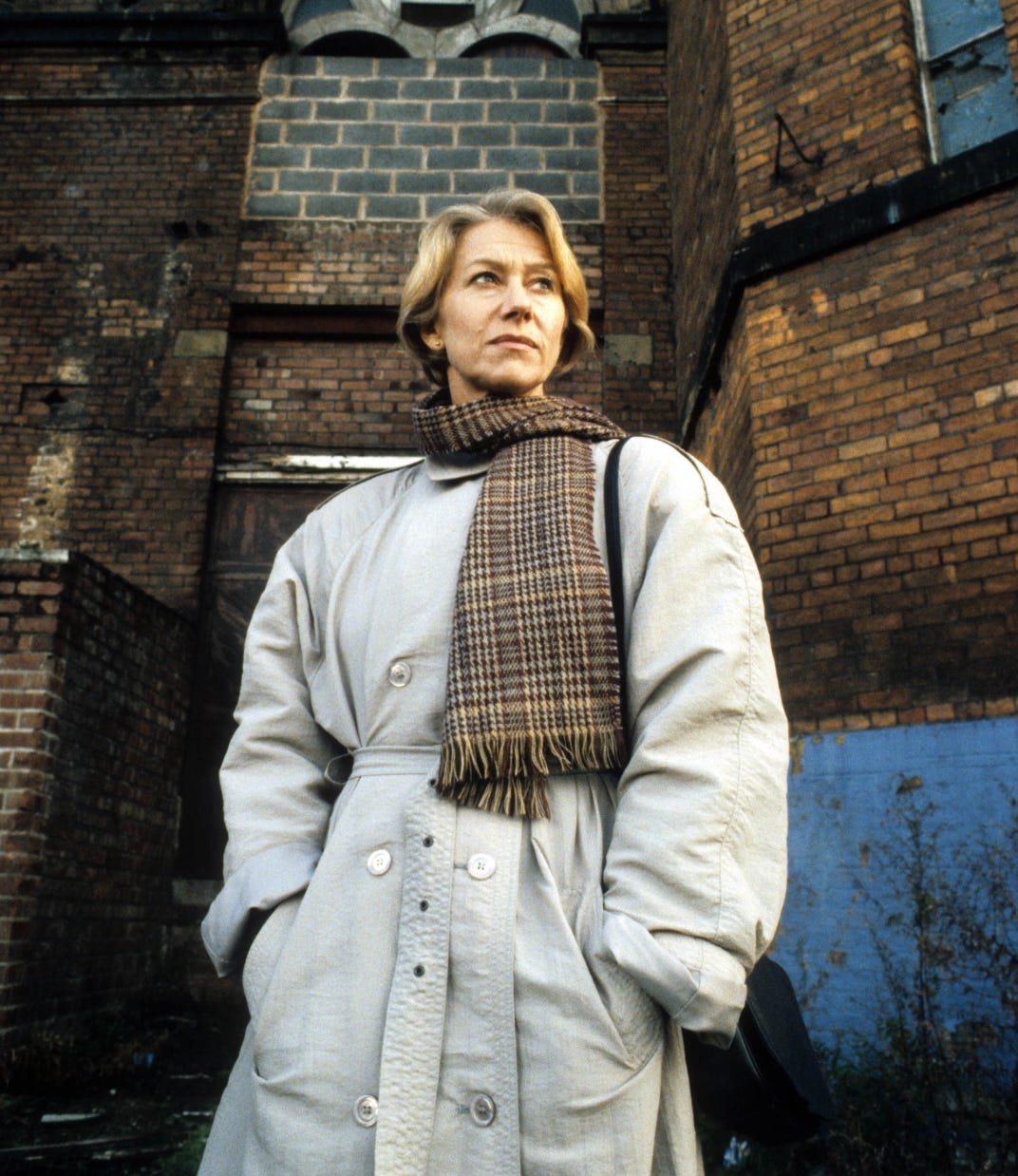
Love this. It's so interesting to learn and think more about these crones. Thank you again for opening up new worlds and ways of looking at stuff. Xx
Brilliant read, thanks! Took me right back to studying film and media in the eighties as a mature student lol the battles we had as mature students !